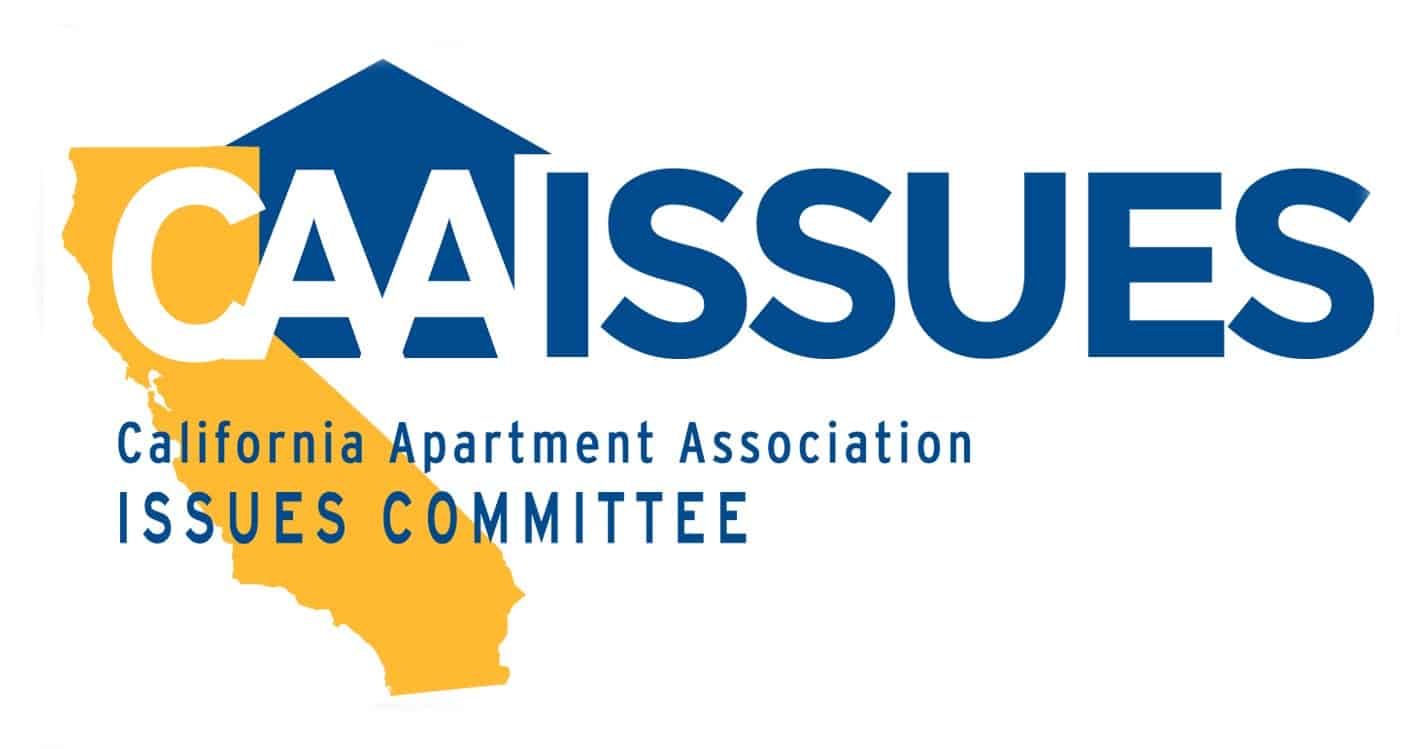After hearing oral arguments from the California Apartment Association, the state Supreme Court on Monday banned the use of a common eviction delay tactic.
On CAA’s behalf, attorney Curtis Dowling of the law firm Dowling and Marquez argued in Stancil v. Redwood City that Delta motions, or motions to “quash service of summons,” are being improperly used to drag out unlawful detainer cases.
In Delta motions, tenants facing eviction challenge the merit of the case before even filing an answer to the unlawful detainer complaint.
These motions force “mini trials” and result in massive delays. This is because the eviction is stayed until the motion is resolved – and unlike other challenges that can be brought to the complaint – the tenant does not have to pay the monthly rental value to the court as a condition of the stay being granted.
This tactic surfaced in Stancil v. Redwood City. The city, which is the landlord in this case, asked CAA to file an amicus curiae (friend of the court) brief in its support. During oral arguments on Feb. 2, Redwood City granted 10 minutes of its time to CAA, providing Dowling an opportunity to address the state’s high court on behalf of CAA and point out that Delta motions are being improperly used as a stalling tactic.
The Court ruled that a motion to quash can only be used for very limited purposes – which would be unusual in an unlawful detainer action – it’s not a “handy all purpose tool” for taking on the merits of the complaint. One example provided by the court of when a motion to quash would be appropriate is if the complaint attached to five-day unlawful detainer summons was not actually an unlawful detainer complaint – but rather one for breach of contract.
In this case, Redwood City is the landlord and is attempting to evict residential occupants of marina berths.
Stancil, one of the tenants had based the motion to quash on the argument that the city was not actually his landlord and argued that the motion could be used to “where an unlawful detainer complaint contains any defect or its allegations are not true.” The Court disagreed, holding that “neither the purpose nor the provisions of the Unlawful Detainer Act support Stancil’s broad contention.”
A motion to quash could not be used to challenge “any conceivable defect or the truth of the allegations in the unlawful detainer complaint.” The court further stated that “defendants have at their disposal a variety of other procedural tools,” such as a demurrer, motion to strike or answer to the complaint.
“What Delta has improperly done is allow the cart to be put before the horse: that is, to allow the most hyper-technical arguments relating to the merits of the cause of action to be used at the outset of the litigation to show that the claim cannot be won and therefore never should have been called one for ‘unlawful detainer,’” says the brief, written by Dowling and Heidi Palutke, a CAA staff attorney.
After the hearing, he offered some perspective on the misuse of Delta motions in unlawful detainer cases.
This week, Dowling said the Supreme Court’s decision will stop unscrupulous attorneys from misusing Delta motions to drag out eviction cases.
“For the past 35 or so years, these motions were used to improperly delay unlawful detainer suits which were indisputably proper cases,” “They allowed tenants to delay evictions for months if not (in some actual cases) years with the stays of proceedings,” Dowling said. “It was a very effective delay tactic, and the California Supreme Court has now definitively put a stop to it.”
Andrew Zacks, one of the Bay Area’s leading landlord/tenant attorneys, said of Dowling’s arguments: “Facing a barrage of difficult questions, it is extremely apparent that Curtis’ oral advocacy persuaded the Court of the serious danger presented by the tenant’s position. Curtis’ arguments on behalf of CAA were without question a critical factor in helping a unanimous court to find in favor of the property owner.”
